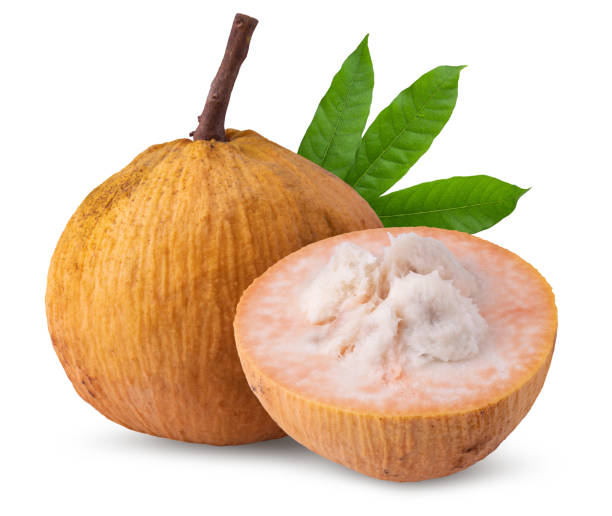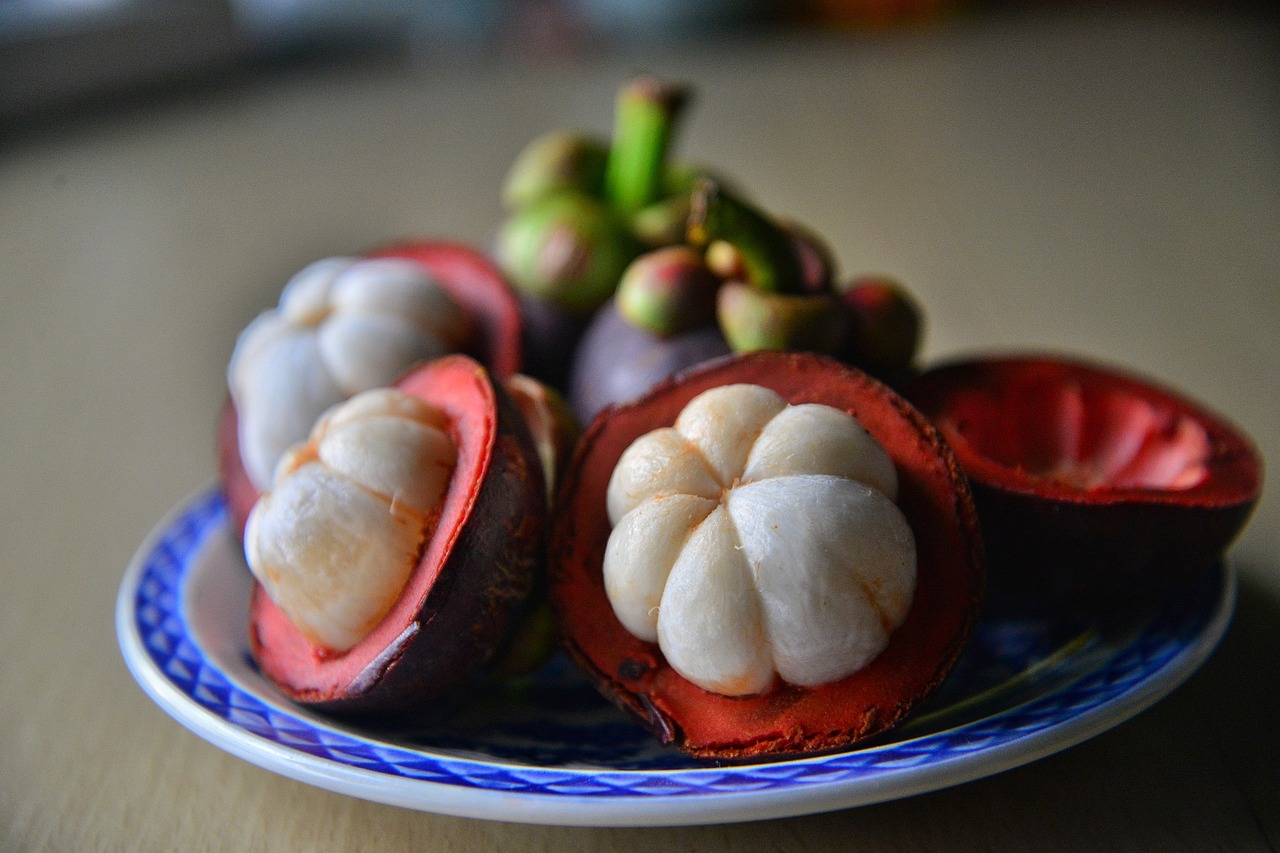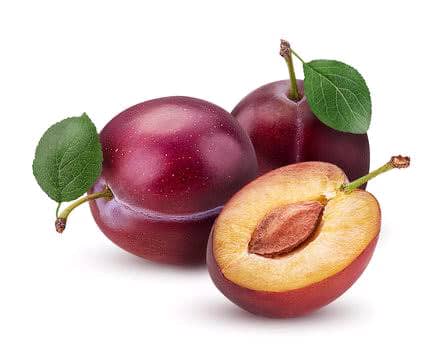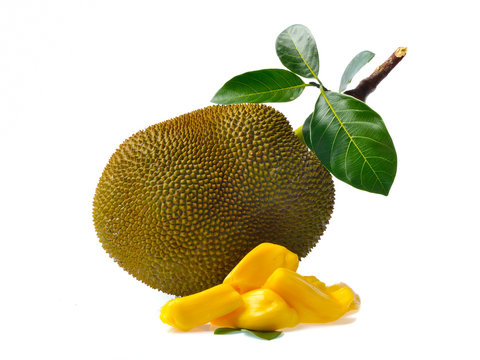Santol, a tropical fruit native to Southeast Asia, may not be as well-known globally as some other fruits, but it offers a unique combination of flavors and nutritional benefits that make it a valuable addition to any diet. With its sweet and tangy taste and fibrous texture, santol provides a range of essential nutrients that support overall health and well-being.

One of the key nutritional components of santol is its high content of dietary fiber. Fiber is essential for digestive health, promoting regular bowel movements and preventing constipation. Santol’s fibrous texture provides bulk in the diet, helping to maintain a healthy gastrointestinal system and supporting satiety. Including fiber-rich foods like santol in one’s diet can aid in weight management and reduce the risk of digestive disorders.
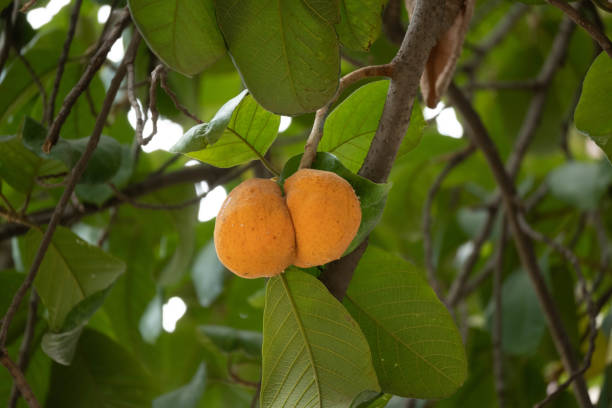
Moreover, santol is a good source of vitamins and minerals, including vitamin C, vitamin E, potassium, and calcium. Vitamin C is a powerful antioxidant that boosts the immune system, promotes collagen synthesis for skin health, and protects cells from damage caused by free radicals. Vitamin E is another antioxidant that helps protect cells from oxidative stress and supports skin health. Potassium is essential for maintaining proper fluid balance, supporting heart health, and regulating blood pressure. Calcium is crucial for bone health and muscle function.
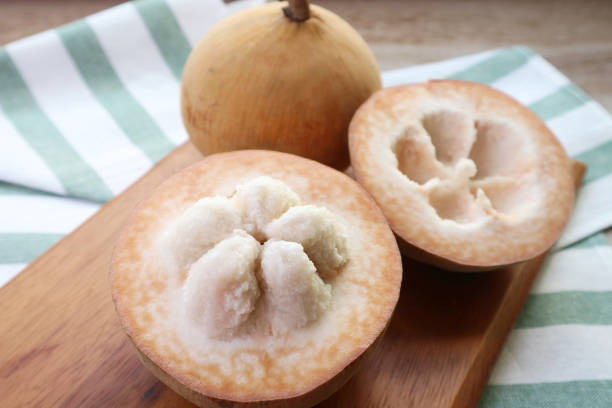
Furthermore, santol contains bioactive compounds such as flavonoids and phenolic acids, which have antioxidant and anti-inflammatory properties. These compounds help reduce oxidative stress in the body, combat inflammation, and may lower the risk of chronic diseases such as heart disease, cancer, and diabetes. The inclusion of antioxidant-rich foods like santol in a balanced diet contributes to overall health and well-being.
Additionally, santol is low in calories and contains no fat, making it a refreshing and guilt-free snack option. Its natural sweetness provides a satisfying alternative to sugary snacks, making it suitable for those looking to manage their calorie intake or sugar consumption.
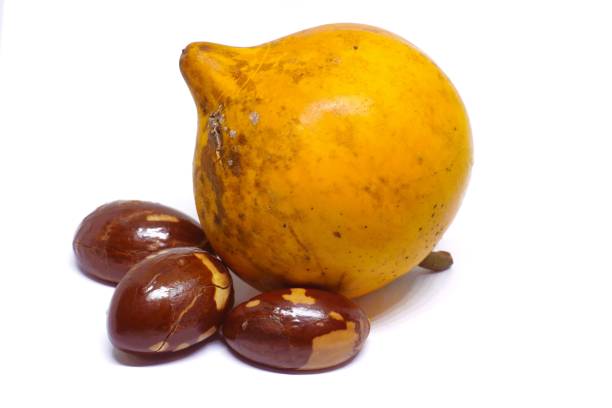
In culinary applications, santol can be enjoyed fresh as a snack or used in various dishes. It can be added to salads, salsas, or chutneys, or used as a topping for yogurt or desserts. Its sweet and tangy flavor pairs well with both sweet and savory ingredients, making it a versatile ingredient in culinary creations.
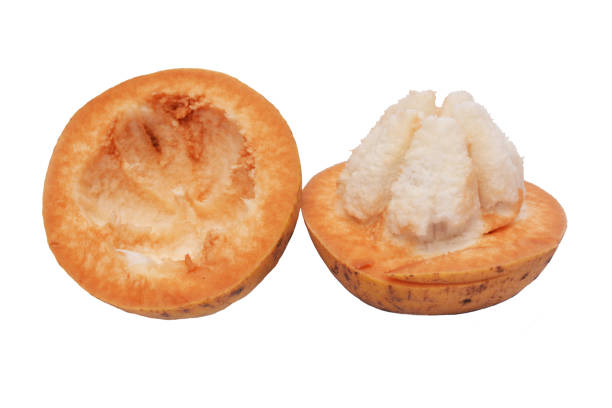
In conclusion, santol offers a range of nutritional benefits, including dietary fiber, vitamins, minerals, and antioxidants. Its sweet and tangy taste, along with its fibrous texture, makes it a refreshing and satisfying fruit to include in a balanced diet. Whether eaten fresh or used in cooking, santol adds flavor, nutrition, and culinary versatility to meals and snacks, contributing to a healthy and enjoyable eating experience.

